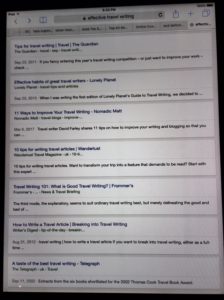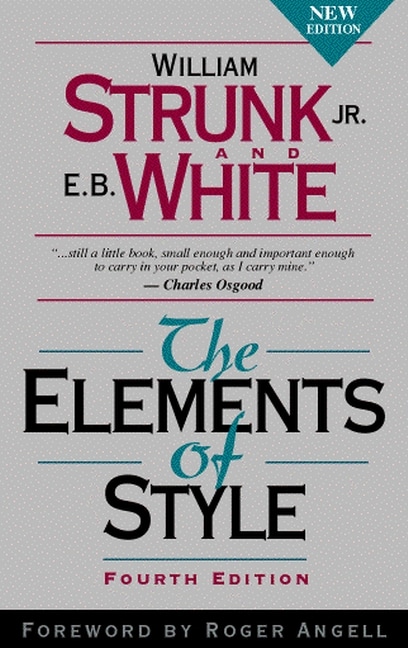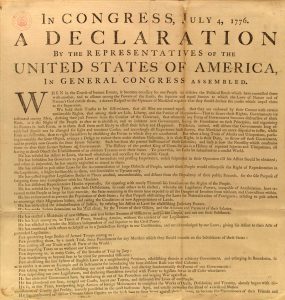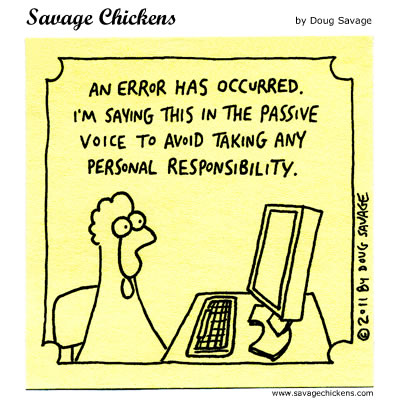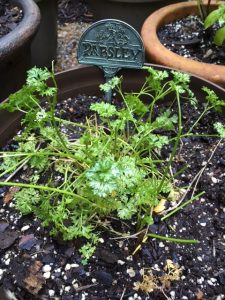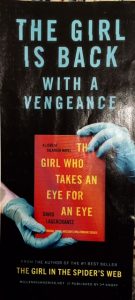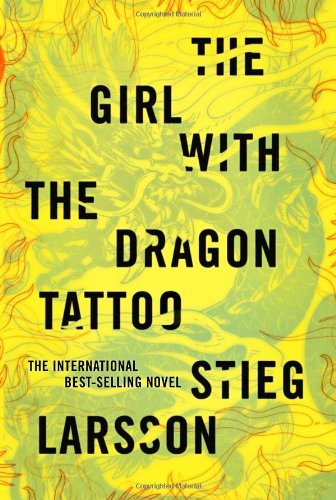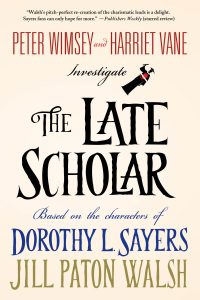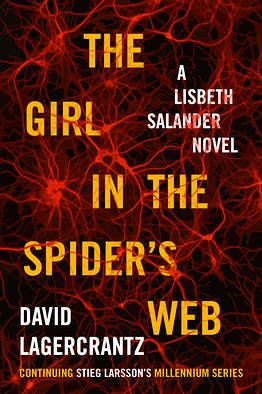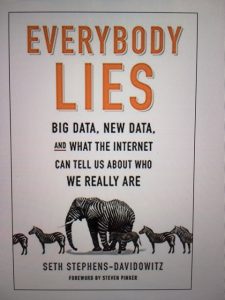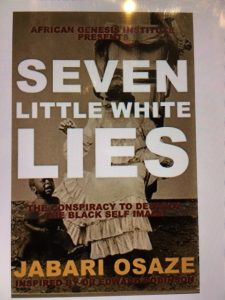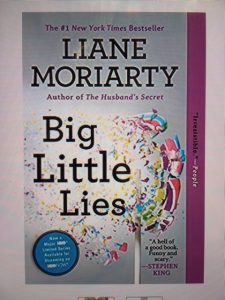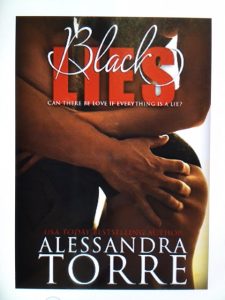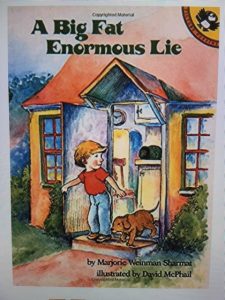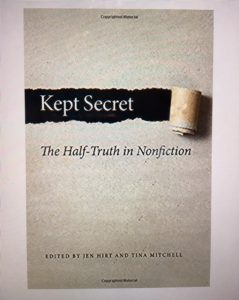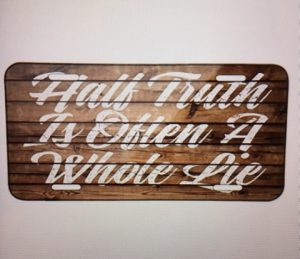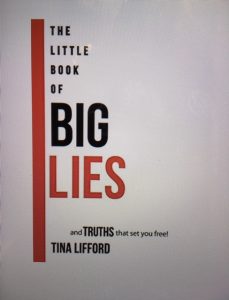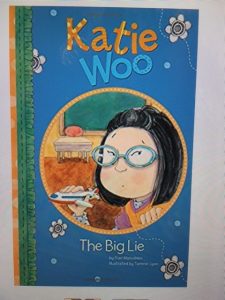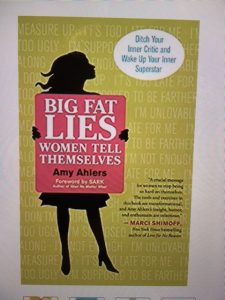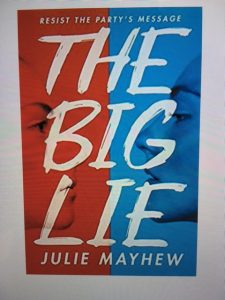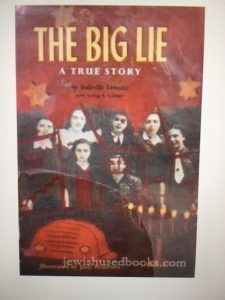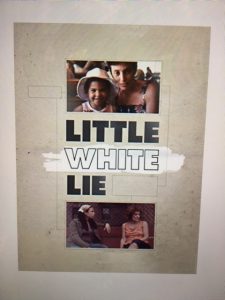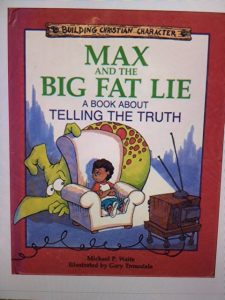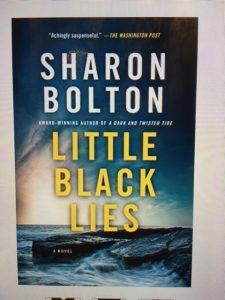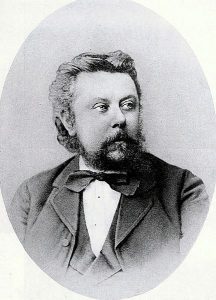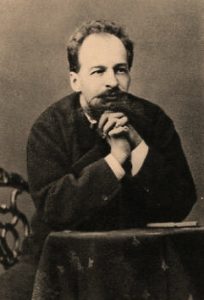Tis the season! The next three weeks will be tough for many writers. Family, friends, and special events abound. The best first advice is just power through. Protect your writing time and put in your ass-in-chair time no matter how tired, distracted, etc. you are. But if your writing isn’t putting food on the table—or even if you are—that may not be feasible.
So here’s plan B. For this limited time, attend to the demands of the season—but mine it for your writing in the new year. Below I’ve listed several typical holiday scenarios and suggested some things about them that might be noteworthy. These are not exhaustive by any means. Don’t focus on length, just write enough to bring the experience back to you in detail and technicolor.
After every family gathering take a few minutes to make notes on the emotional tone, with special attention to tensions, unhappiness, and surprises.
After any exchange of gifts make notes on the focus of those gifts. Was there competition regarding who gave or got the most? Was cost a consideration? Did anyone express disappointment—or envy? Were presents more token or substantial? Were any gifts homemade? Did someone give the same gift as always (e.g., a special ornament)?
For every party make notes on the emotional tone. Did anyone seem reluctant to be there? Did anyone drink too much? Was conversation restrained? Flirtatious? Political? Personal? Did anyone misbehave? How did you feel at the party?
For any cultural event, such as theater, ballet, musical performance, or special exhibit, start with why you were there. Why were others there? Is attending this event a tradition? A chance to see and be seen? A chore? A pleasure?
For holiday travel, note who traveled to whom. Was the traveler affected by work or family commitments? Does this happen every year? Is the trip a joy or a pleasure? During this particular trip, what went right? What went wrong? Was weather a factor?
Bottom line: Be conscious of how you are experiencing the holidays and prepare to jog your memory in the new year when you need specifics to strengthen your writing. You can do this in a matter of minutes.
So put aside the guilt, enjoy, and prepare to jump back in!



















